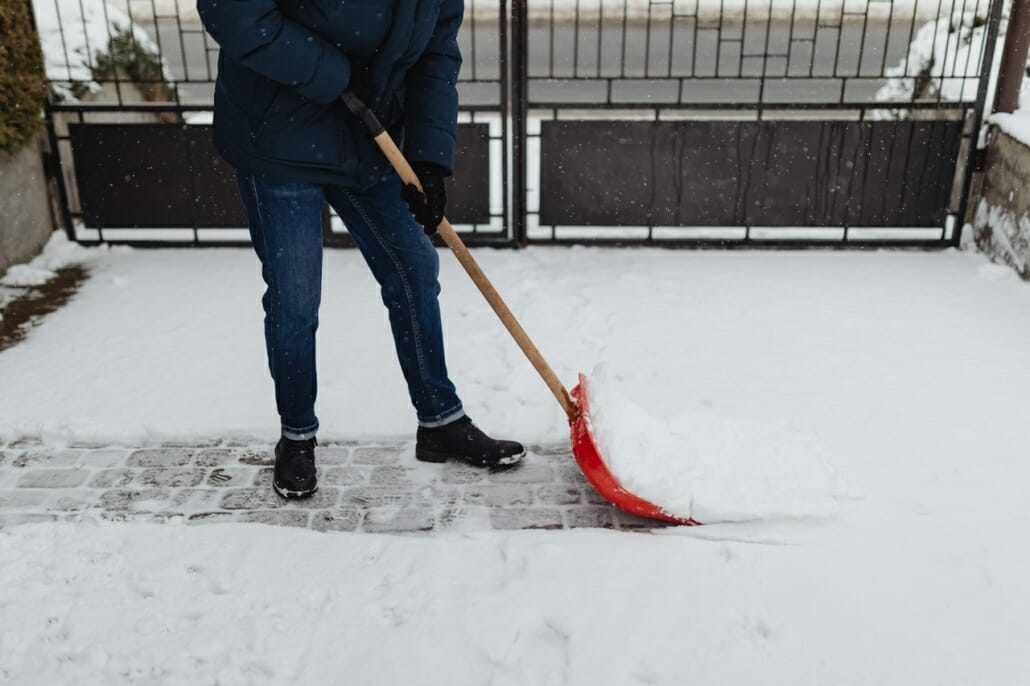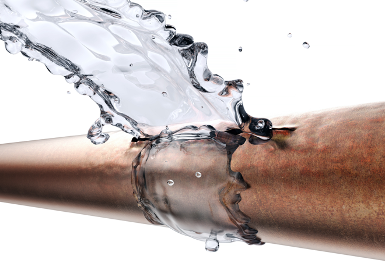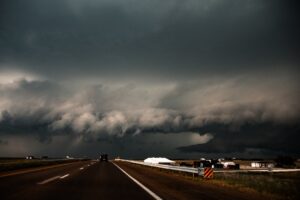Winter Storm Damage and Your Insurance Claim

Winter Storm Damage and Your Insurance Claim What To Do After A Winter Storm Hits Your Home Feb 21, 2021 (PRLog via COMTEX) — Policyholders Survival Report for “Largest Insurance Claim Event In History”AUSTIN, Texas – Feb. 20, 2021 PRLog — As Texas thaws from severe winter weather, including snow, ice and freezing temperatures, […]
7 Tips for Thawing Frozen Pipes

Don’t get caught in the cold! Read our tips for thawing frozen pipes, and prevent damage to your home. The first step you need to take is to shut off your water at the main shutoff valve, usually located at your water meter somewhere near the street, and open (turn on) all of your […]




